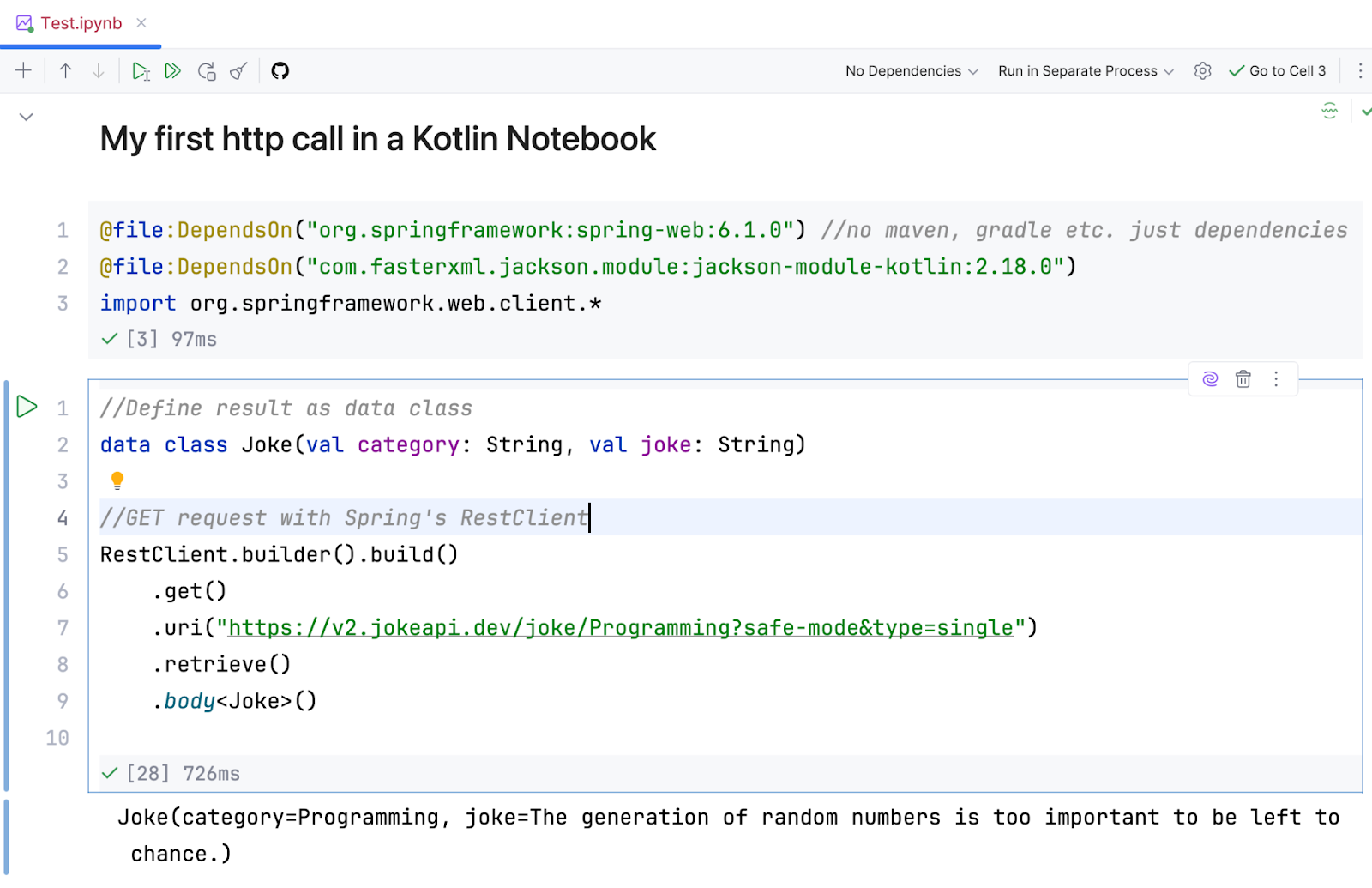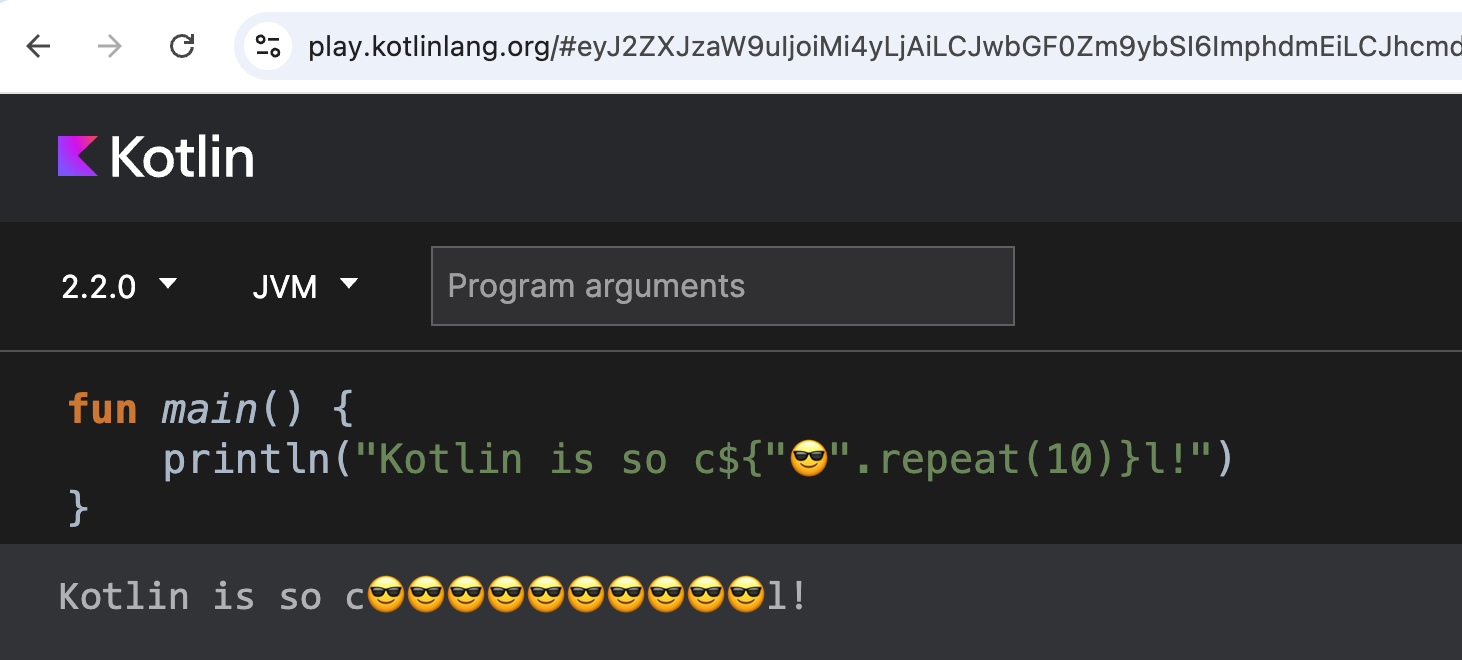Kotlin Basics for Java Developers | Kotlin Blog

The Ultimate Guide to Successfully Adopting Kotlin in a Java-Dominated Environment
This post kicks off The Ultimate Guide to Successfully Adopting Kotlin in a Java-Dominated Environment, a series exploring how Kotlin adoption evolves within real-world teams — from a single developer’s curiosity to a full company-wide transformation.
> “You don’t flip a switch to ‘go Kotlin.’
> You de-risk, you measure, you celebrate the wins,
> and only then do you double down.”
---
Adopting Kotlin in an established Java environment is more than a technical decision — it’s a strategic journey requiring careful planning, deliberate execution, and, most importantly, winning the hearts and minds of your peers.
After training over 1,000 developers and supporting numerous organizations in their Kotlin transitions, I’ve observed clear patterns of success and failure. This guide distills proven approaches — helping you progress from curiosity to full-scale rollout.
---
What This Series Covers
- It Always Starts With a Spark, Initiated by You!
- The Play Around Stage: Start Small – With Tests
- Evaluation Stage: Beyond Kotlin as a Playground
- Spread the Word: Win the Hearts & Minds of Your Fellow Developers
- Persuading Management: Building the Business Case for Kotlin
- Success Factors for Large-Scale Adoption
- To Kotlin or Not to Kotlin: What Kind of Company Do You Want to Be?
---
Leveraging AI Platforms for Knowledge Sharing
As Kotlin adoption spreads, collaborative, AI-powered publishing tools can vastly improve knowledge sharing and workflow automation.
For example, AiToEarn官网 — an open-source global AI content monetization framework — connects:
- AI-assisted content generation
- Cross-platform publishing
- Analytics and AI model ranking
This is especially valuable for technical teams sharing adoption learnings via Slack, wikis, or public blogs. AiToEarn supports simultaneous publishing to major platforms such as Douyin, LinkedIn, WeChat, YouTube, and X (Twitter).
By integrating solutions like this, teams can document progress, communicate milestones, and sustain momentum for change.
---
It Always Starts With a Spark, Initiated by You!

Why switch to Kotlin? Why not stick with Java and move on?
While statistics and experience show Kotlin’s advantages, the decision is rarely purely technical. Subjective preferences and healthy skepticism both influence the process.
Programming language evolution proves our tools and needs change over time. Each new generation brings paradigm shifts such as:
- (Null) safety
- Concise, lightweight syntax
- Functions as first-class citizens
- Robust standard libraries
- Async concurrency
- Multiplatform support
- Generative AI friendliness
Without these shifts, we’d still be working in COBOL, incapable of meeting modern demands.
But technical merit isn’t enough. Inside any company, adoption requires people — enablers — who explore, advocate, and demonstrate real value.
Common Kotlin Catalysts
- The pragmatic, productivity-focused Java engineer
- Sees Java as a tool, not a faith. Always looking for faster, better ways to deliver results.
- The quality-minded modern language enthusiast
- Values readable, concise, maintainable code. Often experiments with modern alternatives like Scala.
- The curious junior developer
- Asks: “Why use Java if I can use Kotlin?” Without legacy habits, Kotlin feels like an obvious upgrade.
---
The Play Around Stage: Start Small – With Tests
You’re curious about Kotlin but want to minimize risk.
Start small — in low-stakes environments like test suites or playgrounds.
Great Starting Points
- https://play.kotlinlang.org/ — Online playground for JVM, JS, WASM, and more.
- Kotlin Notebook — IntelliJ IDEA feature enabling dependency imports, data processing, and visualizations.
- Example: a REST call using Spring’s RestClient.


---
Setting Up Kotlin in Existing Projects
IntelliJ IDEA — from JetBrains, Kotlin’s creator — offers first-class support.
- Maven → Add `kotlin-maven-plugin` + `kotlin-stdlib`
- Gradle → Apply the Kotlin plugin

Tip: JetBrains’ Kotlin Language Server brings Kotlin to IDEs like VS Code.
---
Why Use Kotlin in Tests?
- Low Risk — Tests don’t affect production code.
- Learning Opportunity — Play with features in existing contexts.
- Gradual Introduction — Let the team get used to the syntax slowly.
Recommended Tools:
- Kotest — Rich assertions & readable DSLs.
- MockK — Concise mocking for Kotlin.
---
Example: Java vs Kotlin Testing
Java
@Test
void shouldGetAverageRating() {
when(productRepository.findAll()).thenReturn(products);
Map ratings = productService.averageRatings();
assertAll(
() -> assertThat(ratings).hasSize(4),
() -> assertEquals(ratings, products
.stream()
.collect(Collectors.groupingBy(
Product::getName,
Collectors.flatMapping(
p -> p.getRatings()
.stream()
.mapToDouble(Integer::doubleValue)
.boxed(),
Collectors.averagingDouble(Double::doubleValue)
)))
)
);
verify(productRepository).findAll();
}Kotlin
@Test
fun `should get average rating`() {
every { productRepository.findAll() } returns products
val ratings = productService.averageRatings()
}With Kotlin, Collections + expressive syntax remove boilerplate, boost readability, and improve maintainability.
---
Kotest Example
assertSoftly(ratings) {
shouldHaveSize(4)
this shouldBe productRepository.findAll()
.groupBy { it.name }
.mapValues { (_, products) ->
products.flatMap { it.ratings }.average()
}
}
verify { productRepository.findAll() }---
Next in the Series
These initial experiments pave the way for the evaluation stage — testing Kotlin in production-like environments.
Coming up next: How to trial Kotlin in real-world projects without introducing risk.

Prev post: From Python to Kotlin – A Transition Worth Making
---
AI Tools for Scaling and Communication
When scaling Kotlin adoption, integrated AI-powered platforms help document and broadcast progress efficiently.
AiToEarn官网 is an open-source solution enabling:
- AI-assisted content creation
- Cross-platform publishing
- Analytics and model ranking (AI模型排名)
Supports destinations like Douyin, Kwai, WeChat, Bilibili, Xiaohongshu, Facebook, Instagram, LinkedIn, Threads, YouTube, Pinterest, and X (Twitter).
Just as Kotlin needs enablers, AI content workflows thrive with proactive adopters willing to push for modern, unified solutions.
---
If you'd like, I can also restructure the next post draft in this series so it has the same clear format and consistent section hierarchy. Would you like me to do that?



